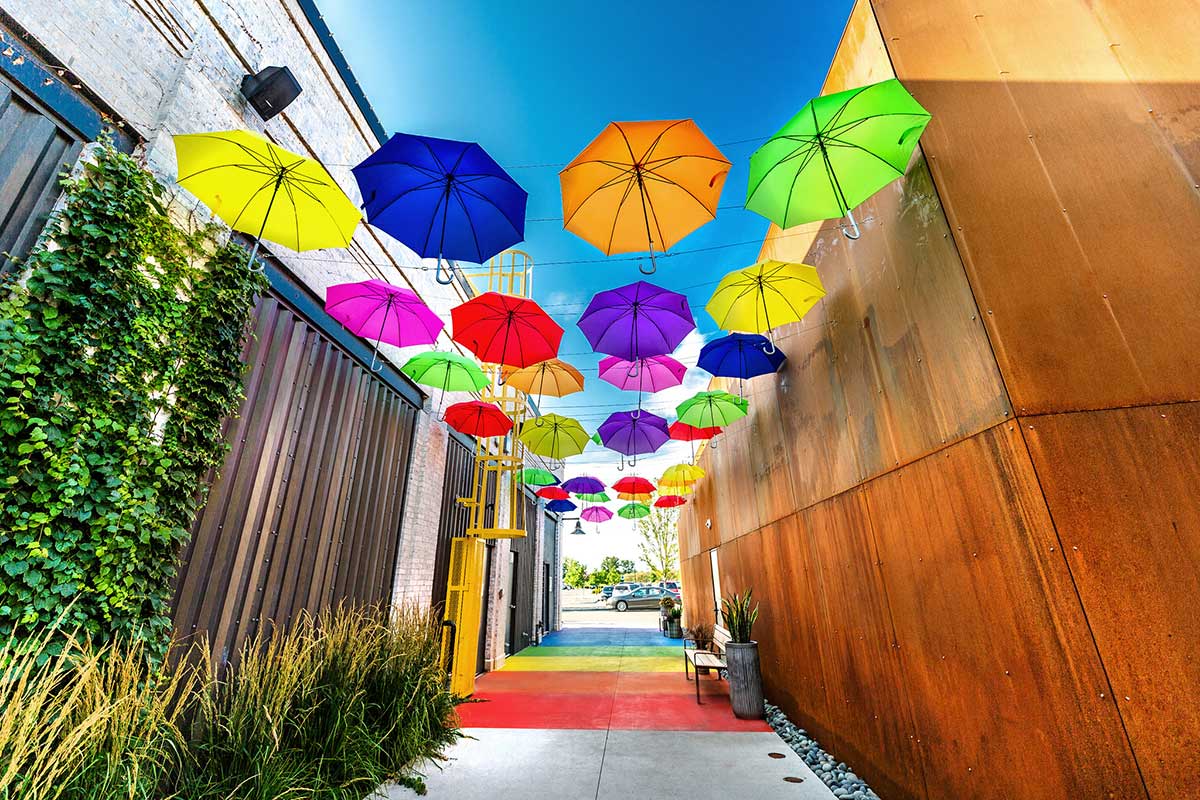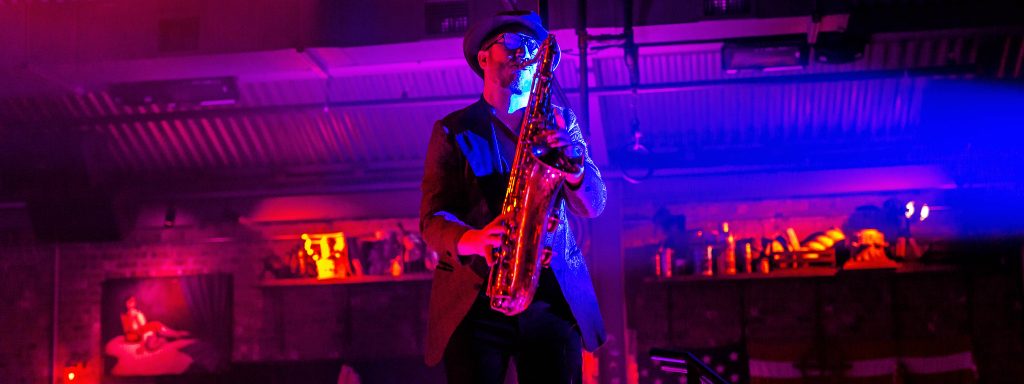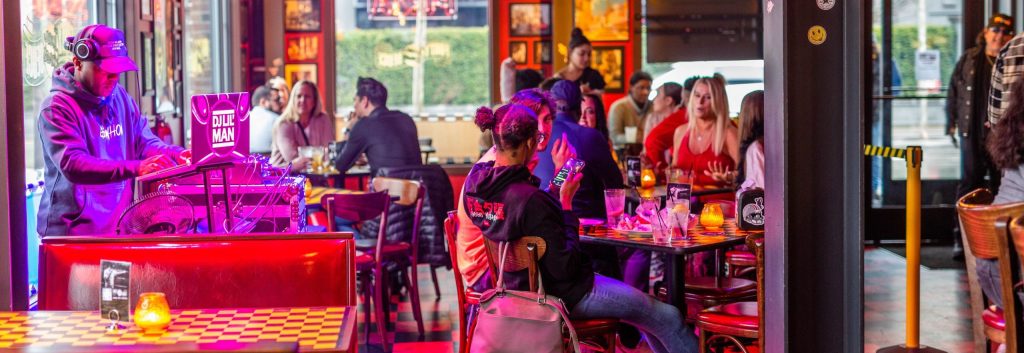By Yaromir Steiner
The power of public art and artistry is frequently underestimated and misunderstood.
Public art is about emotion. Its integration into community spaces shapes the way people experience the world. It has weight, ultimately becoming a substantial piece of the environment it lives in.
What We Got Wrong
Two decades ago, when we opened Easton Town Center in Columbus, we saw art as a decoration. Adding a mural or statuary to Easton felt like putting a bow on a package. It looked great, but it wasn’t what mattered–what was inside the box did.
What we didn’t realize is that the wrapping matters, too.
How you feel about things can make or break your experience. Understanding emotional placemaking is the key to creating vibrant and dynamic mixed-use environments.
Successful developers use the power of art to animate and elevate a space, recognizing that the emotions stimulated are as important as the physical dimensions of the space.
Art should be as much a consideration as materials and merchandising. Public art, along with special events and activations, can create an elevated and engaging environment for visitors to experience.
Community Connection
Public art isn’t just about pleasing aesthetics. It’s about communicating values. Public art becomes more than just paint on a wall–it conveys a message. It tells a story, inviting those experiencing it to become a part of that story.
Last summer, meaning and messaging were top of mind when creating the Unity Pavilion installation in Easton’s new district. The space was designed to spotlight and amplify the important voices in a continuing conversation about diversity and the power of connected communities. Vibrant murals–the work of five diverse, local female artists–feature notable quotes from prominent black leaders like Nelson Mandela, Maya Angelou and Toni Morrison.
Art gives a place its soul, helping shape the strong and enduring community connections between people and places that spark lucrative and lasting loyalty.
Artistry and Animation
Our understanding of public art has evolved substantially with Easton’s expansion, reflecting countless years of lessons put into practice. The expansion uses the built environment as a blank canvas to create immersive, animated atmospherics.
From traditional media to new digital elements, experiential art, outdoor installations, and more than a dozen captivating murals, the work of talented local artists doesn’t just enliven the space, it defines it.
Festive energy fills the district in ways that resemble some of the world’s most iconic neighborhoods. This is placemaking, yes—but it’s more profound. Public art allows you to elevate your built environment into an emotional landscape that every guest will discover when they visit.






